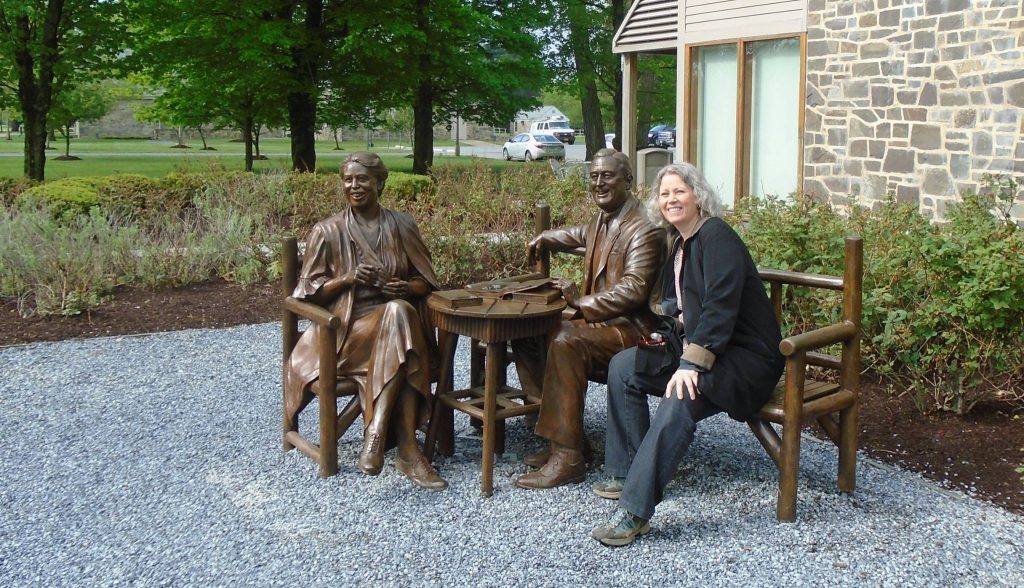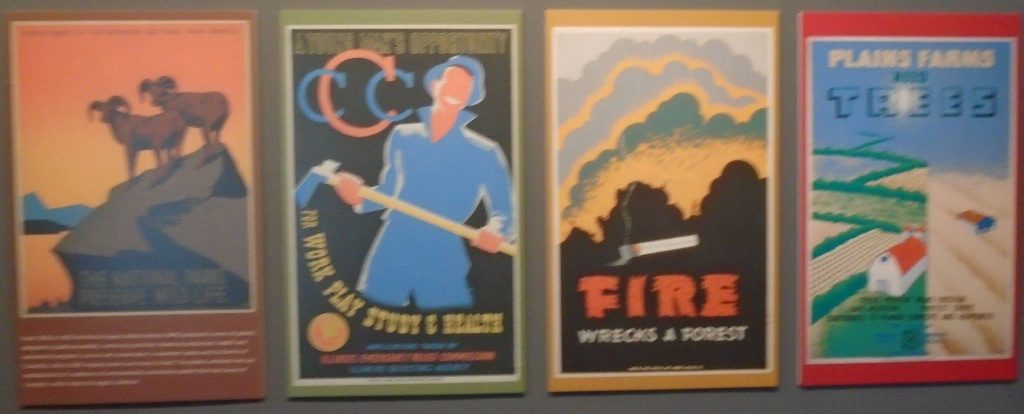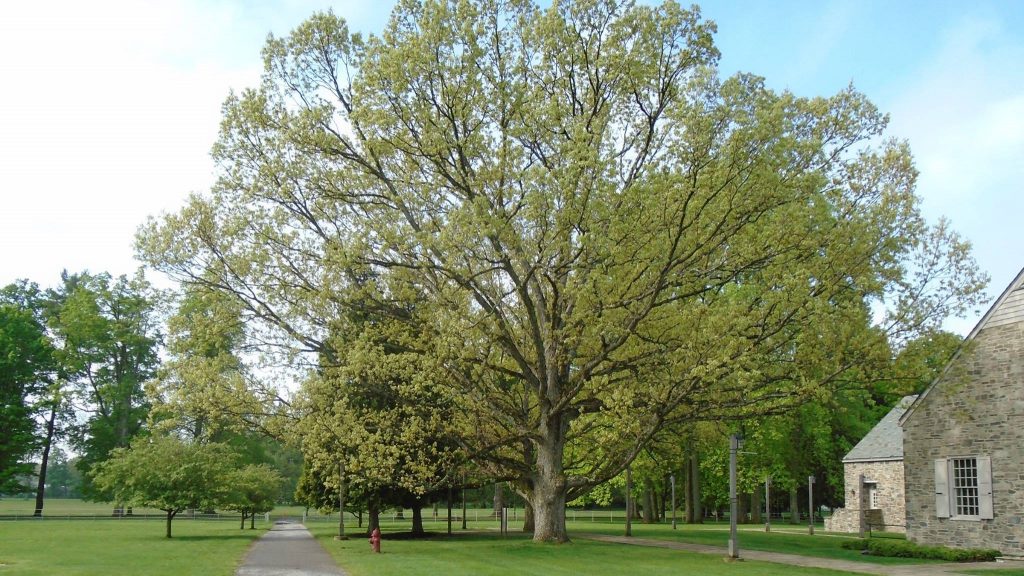
Franklin Roosevelt was the most consequential president of the 20th Century and our United States would be very different w/o him. Studying FDR is one of my hobbies. He was a fantastically complex and interesting character. He broke all the rules of leadership and yet did it better than anyone else in this century. I have read dozens of books featuring or actual biographies. Of course, I have watched Roosevelt on “The American Experience” and the Ken Burns’ series. So I thought it was time to see his house at Hyde Park.

On the drive up from Virginia, we listened to the audiobook “FDR” by Jean Edward Smith. I listened to it before but it was good to hear it again and let CJ hear it for the first time. There was a lot to this man but here I want to address a particular part of his personal leadership style.

Roosevelt was a tree-loving conservationist. You can certainly perceive this when you look around his estate at Hyde Park. He planted thousands of trees and even described himself as a tree farmer. The Civilian Conservation Corps was his favorite creation. I think that his appreciation of trees, soil and water influenced, permeated, his leadership style. He took an ecological approach to policy. He tried things, adapted the good parts, abandoned the bad ones and tried something else, i.e. try, observe, learn, and try again. It was an evolutionary process of variation and selection. FDR admitted that he did not know what outcomes would be. He commonly violated the ostensible rules of leadership by assigning many people to overlapping or even the same tasks and then letting them adapt to each other and to developing needs. Moreover, he understood that he needed to let things develop and not over control. He chose good people and usually let them do their jobs, but he was not indolent. He was monitoring the system, in an ecological way, i.e. not concerned with the details of the things but the seams and relationships among them. As a tree-loving conservationist myself, I think I recognize this style and its origins. Maybe I am reading too much into this, projecting too much, but it makes sense to me. FDR’s style is the indirect, development-systemic oriented logic of the ecosystem.

One side note – FDR started working on conservation from his first term in the NY Senate. He got appointed to the fish and game committee and reworked the rules. But he lost a fight with the timber industry when he tried to regulation timber cutting on private land. It was good he lost. His intentions were good but his understanding was flawed. Roosevelt introduced a bill in 1912 (The Roosevelt-Jones bill) session that would make it illegal to cut trees smaller than a certain size. In this, he was extrapolating from what they do with fish. You let the little fish go so that they can grow into big fish. Trees do not work like this. Some trees are just small and will never get any bigger. They are small for genetic or competitive reasons, but either way it is wise to cut them. Beyond that, you may need to clear largish areas – big trees and small – in order to create proper ecological conditions for particular species.
My first picture shows Chrissy sitting with Franklin & Eleanor. The next picture is a wonderful oak tree in front of a hay field. FDR postulated that the hay field was cleared for a long time, even before settlement by the Dutch, because the oak trees, like this one, had developed that open branching structure characteristic of a tree growing in open conditions. The picture after that are a series of New Deal posters talking about conservation and the last picture shows a really big hemlock tree. You would almost never find a hemlock naturally growing in the open like that. This hemlock has been part of a garden for more than a couple centuries.
